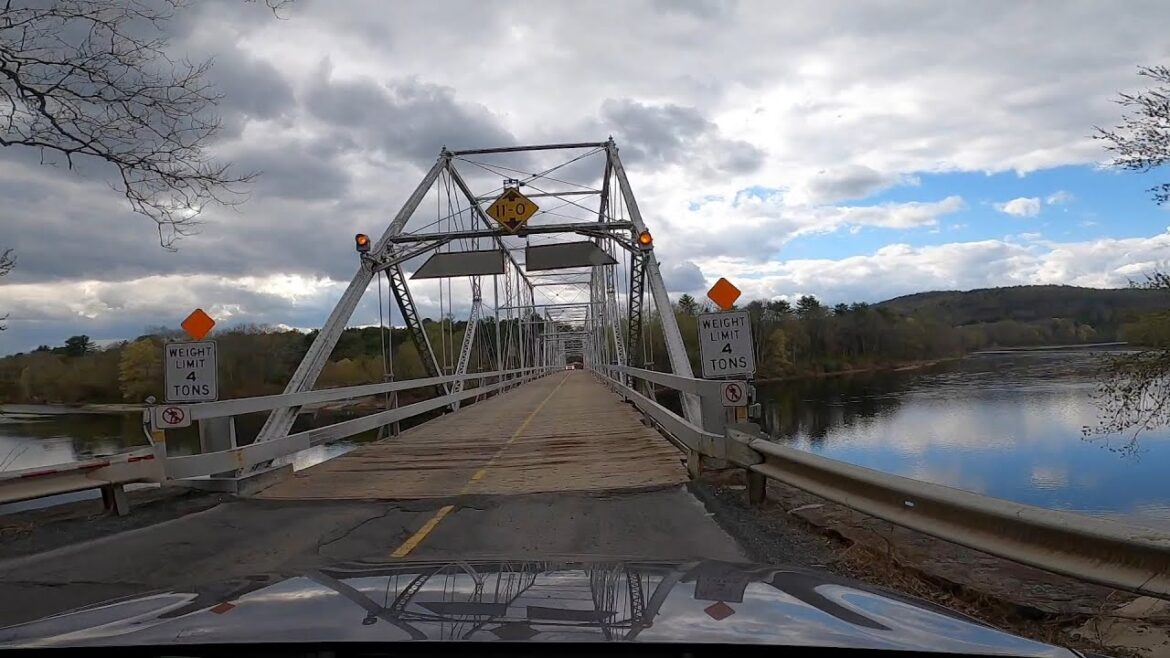The Dingmans Bridge (also known as the Dingman’s Ferry Bridge) is the last privately owned toll bridge on the Delaware River and one of the last few in the United States. It is owned and operated by the Dingmans Choice and Delaware Bridge Company.
Today, the bridge provides an important link for commuters to reach destinations in New Jersey and New York City. The bridge lies south of the current Milford–Montague Toll Bridge, and well north of the Delaware Water Gap Toll Bridge along Interstate 80. As such, it is in a location which caters well to the commuter lifestyle of many area residents of Delaware Township, Dingman Township, and other surrounding communities.
The toll for automobiles is $1.00 each way. Books of 40 tickets can be purchased from the toll collector for $30.00 as of April 20, 2015. This effectively lowers the toll to 75 cents if the entire book is used. Bicyclists may cross for free, but pedestrians are not allowed due to the narrow lanes. An 11-foot (3.4 m) height restriction coupled with a weight restriction of four tons precludes large RVs and trucks from crossing. Although the bridge is within the Delaware Water Gap National Recreation Area, government employees pay the toll, unless responding to an emergency with lights and sirens on. The bridge is the only fixed-crossing that charges a toll to enter New Jersey.
The bridge’s toll booth, located on the Pennsylvania side, is staffed by a single toll collector who stands in between the two lanes of traffic, collecting toll fees by hand. Christmas Day is the only day of the year on which the toll booth is unattended; everyone may cross for free.
Because the Bridge Company is responsible for its own repairs, it employs an engineering firm certified for bridge inspection to regularly and thoroughly inspect the bridge from the tops of the trusses to the underwater foundations. Each year, the bridge company closes the bridge the second week after Labor Day to conduct any repairs needed to maintain the structural integrity of the bridge and to replace or flip the salt-treated British Columbia fir planks. These floor boards are held in place with anchor plates and collar nails which results in a characteristic rattling of the deck with the traffic moving.


1 Comment
Sat down with coffee in hand, ready to see some parts of NJ. Didn’t realize it was only a preview. 😅